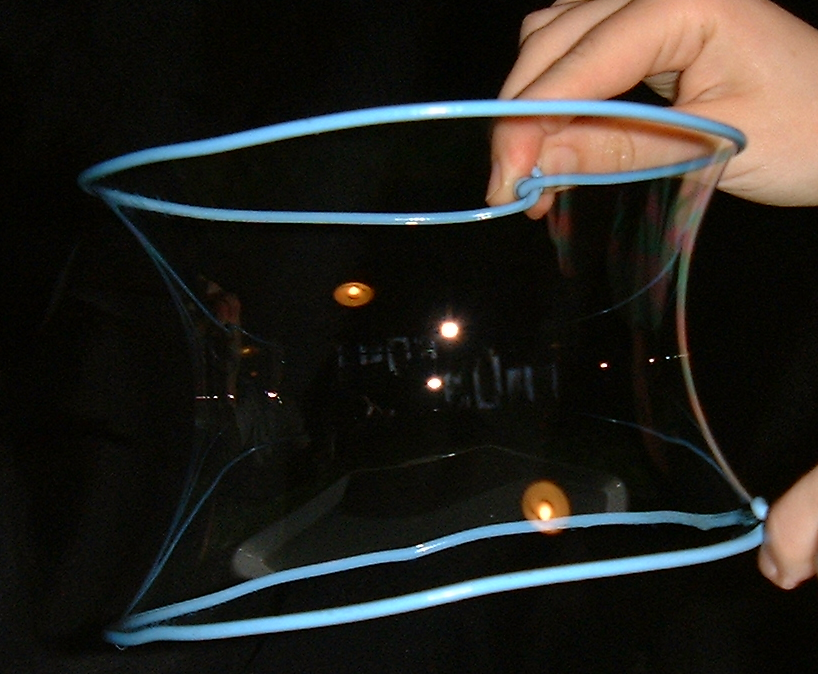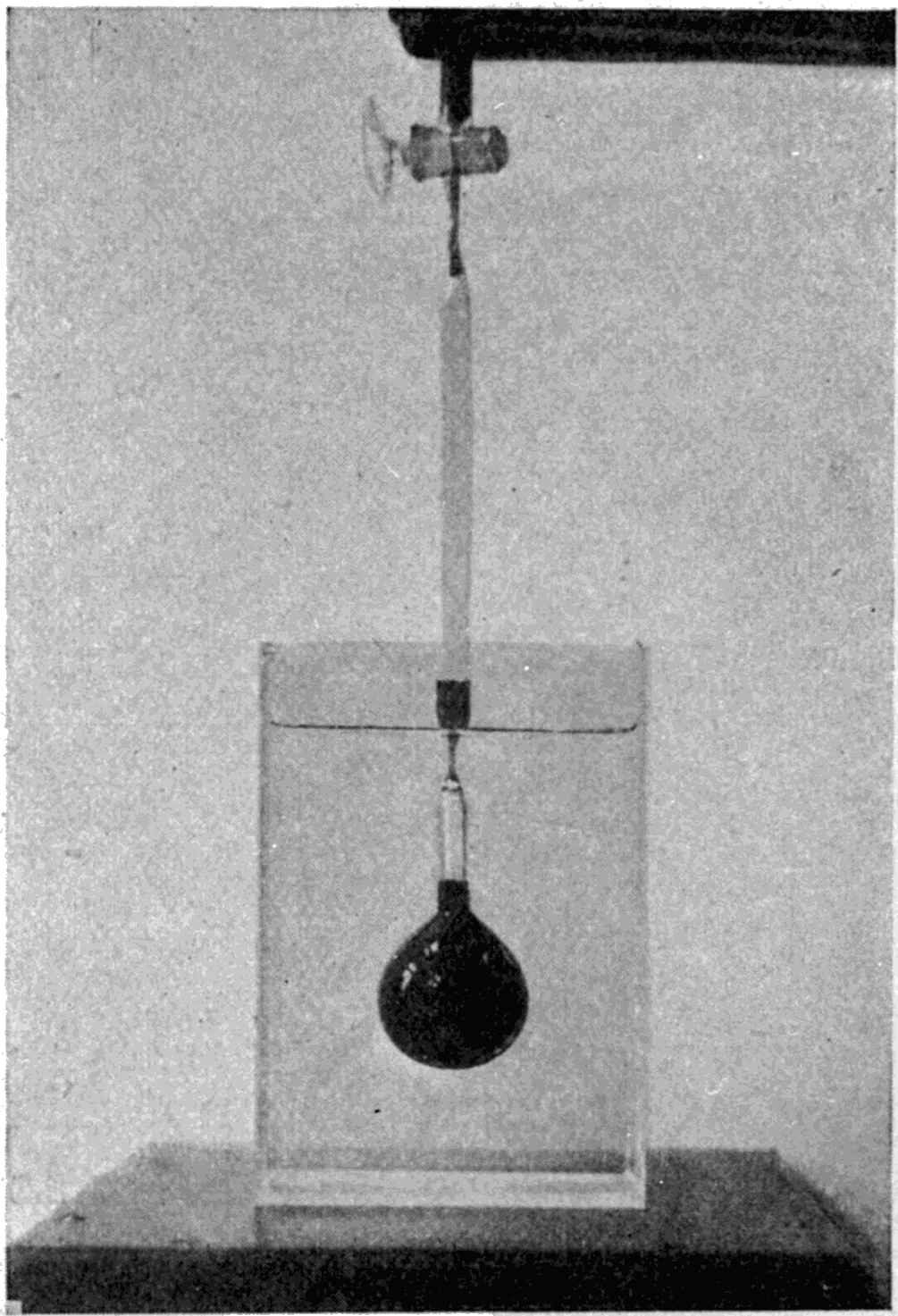C R Darling
Correspondence with Darling (Form of Cells)
C R Darling was a lecturer in Physics and known for his book, Liquid Drops and Globules published in 1914. This book strongly influenced many of D'Arcy's ideas in On Growth and Form just a few years later.
Darling is mentioned in On Growth and Form in regard to his improvements and additions to Plateau's experiments. D'Arcy was very interested in how soap-bubbles, liquid drops and oil globules related to cell forms and asked Darling if he could use some of his ideas.
The physical transition of one of Plateau's surfaces into another is well illustrated using soap bubbles and oil globules. Darling managed to improve the experiment on oil globules by devising a mixture of alcohol and water which was of equal density to that of a globule - discovering that the oily liquid Orthotoluidene has the same density of water at a temperature of 24°. When the oil and the water-alcohol mixture have the same density the oil sphere freely floats, and hence it is
not subjected to gravityaccording to Plateau. Thus, in such conditions the only major force affecting the oil globule is the surface tension.
The basic mathematics behind that of the soap-bubble is its reliance on surface tension and the minimisation of the surface area given some specific constraints. Soap-bubbles assume a spherical form as the surface contracts as much as possible since spheres are the shape with the smallest surface for a given volume. However, for example, if the soap-bubble is placed between two pipes, and they are drawn further apart the bubble transforms into a cylinder. If they are drawn even further apart, subjecting the sphere to extra forces, the cylinder narrows down in the middle and becomes an unduloid. When they are drawn even further apart it breaks into two spheres. Hence, it depends on minimising the surface area and on the conditions that the bubble is in.

Photo From Wikimedia Commons, the free media repository |
Thompson enquires about the similarities between the form of the sea-urchin and a surface deformed by gravity such as a drop resting on a plate, to which Darling responds:
With regard to the forms of sea urchin depicted in your card of drawings, most of them can easily be reproduced in outline by the aid of liquids of approximately equal density to water, although some of them are fugitive. The forms with an acute point are nearly identical in shape with globules I have frequently obtained, in which on standing, bubbles of gas rose to the summit and pressed the skin upwards, without being able to escape.(ms19102)
Correspondence between the two scientists and the reference to Darling in On Growth and Form suggests D'Arcy was very grateful to Darling for his contribution, as he greatly contributed to the chapter on the form of cells.

|

|
Back to the Forms of Cells
About Joseph Plateau and his experiment
D'Arcy's test script for Tait's class